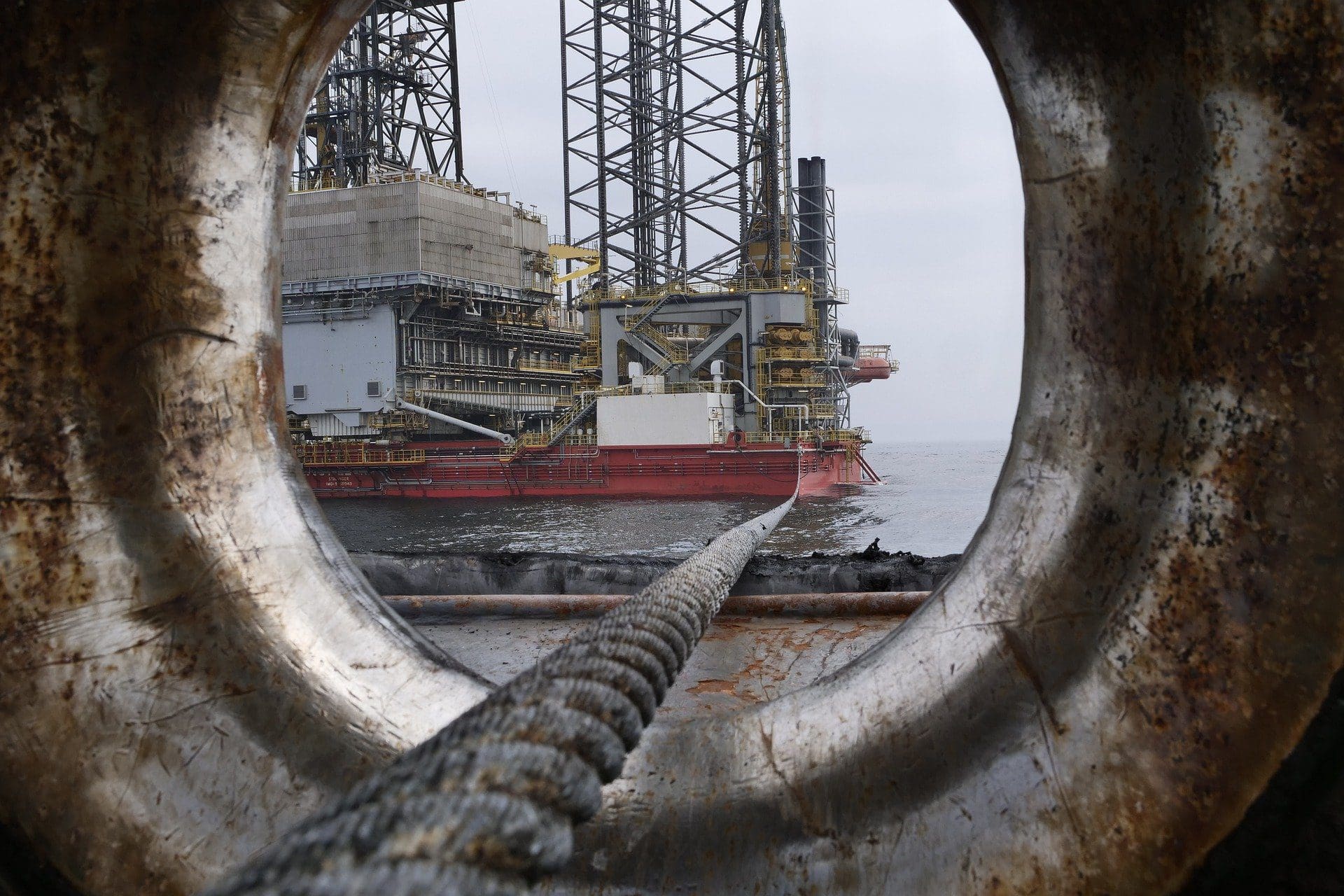The offshore industry has withstood a variation in growing pains to enhance safety to a hyper-sensitive level compared to a more relaxed approach taken years ago. In response to the Deepwater Horizon catastrophe, the regulatory board, known as the Bureau of Safety and Environmental Enforcement (BSEE), has stepped in with a barrage of regulations and safety practices.
At the forefront, BSEE’s Safety and Environmental Management Systems (SEMS) provides an abundance of provisions or elements to ensure individual safety. The need for operating procedures plays a vital role in SEMS compliance. Provisions must be made for a straightforward work path of safety for employees and responsibility for the environment.
Requirements
According to the SEMS requirements, operators must devise and implement written procedures that serve as accurate instructions for conducting safe and environmentally responsible activities. This encompasses initial startup actions, normal operations, emergency operations, routine shutdown procedures, startup after an emergency shutdown or turnaround scenario, and the potential to bypass equipment that is flagged out of service.
The standard stipulates additional criteria. Operating procedures must also support and discuss the safety and environmental ramifications associated with operating procedure deviation. Chemical use must also be explained in a company’s operating procedures, and potential hazards associated with their use offshore must also be accounted for within the procedures themselves.
Failures
Operating procedures are essential to guiding the workforce in conducting work both safely and efficiently. At the end of the day, if everyone associated with the work leaves unharmed and no major mistakes are made, a mark of success is undoubtedly achieved.
Problems surface when operating procedures contain incorrect information. As we live in a world of instant gratification, operating procedures can succumb to a level of laziness where instead of the author drafting each step, the copy and paste selection prevails. Details are often copied from unrelated procedures and provide no benefit to the scope of work at hand. Incorrect efforts can derail the workday and lay the groundwork for mistakes to occur.
Operating procedures must receive an elevated level of attention expected by the SEMS standard. Careful consideration should be given to each section or module while in the draft phase. They are intended to provide the safest work scenario available to avoid injury, incident, and even death.
There are instances where operating procedures are drafted correctly, and their content is stellar. Great thought and effort were exerted into developing the procedure. When completed, they only need to be reviewed and implemented to provide for a safe outcome.
While deviation can cause unwanted outcomes, disregard can provide the same. Although the operating procedures are sent to the field, and in this case being an offshore work environment, they give no use if they are not readily available and followed.
By not referring to procedures, crews leave the door of irresponsibility wide open, which is when an unexpected injury, equipment damage, or environmental incident occurs. They serve no productive purpose tucked away in a locker or on the desk in an office, and they must accompany the crew in the field to be of any use at all. They should be reviewed regularly and readily available to serve as reference material while conducting the scope of work.
Proactive Provisions
Operating procedures are more likely to serve BSEE’s purpose and follow the SEMS standard if their value is initially recognized. Crews might define the importance of a specific tool and take the initiative to make sure it makes its way into the gear being shipped to the offshore work asset. Because of the value it provides, the crew ensures it is included in the supply of needed goods and equipment.
If operating procedures take on that same persona, crews will be much more willing to include them in the workday and refer to the information contained within them. The challenge is developing a culture where the value is recognized and accepted.
Besides the prominent role of pre-job planning, it can also be a significant step in changing the perception of the importance of operating procedures. Taking the time to gather all employees involved in the planned work and then providing a copy of the procedure, personal responsibility can be mustered.
While each person takes an active role in studying and discussing the work, the benefits of the operating procedures can be identified at that point. Reviewing them as one cohesive group additionally stimulates that level of personal responsibility. With each securing a copy, providing for the use, and recognizing the importance of the procedures can be accomplished. Each employee included in procedural review only increases the chances of the contents being absorbed, and potential hazards will be respected. Only then will operating procedures be seen as a map to a successful outcome.
Nick Vaccaro is a freelance writer and photographer. In addition to providing technical writing services, he is an HSE consultant in the oil and gas industry with twelve years of experience. Vaccaro also contributes to SHALE Oil and Gas Business Magazine, American Oil and Gas Investor, Oil and Gas Investor, Energies Magazine and Louisiana Sportsman Magazine. He has a BA in photojournalism from Loyola University and resides in the New Orleans area. Vaccaro can be reached at 985-966-0957 or nav@vaccarogroupllc.com.






